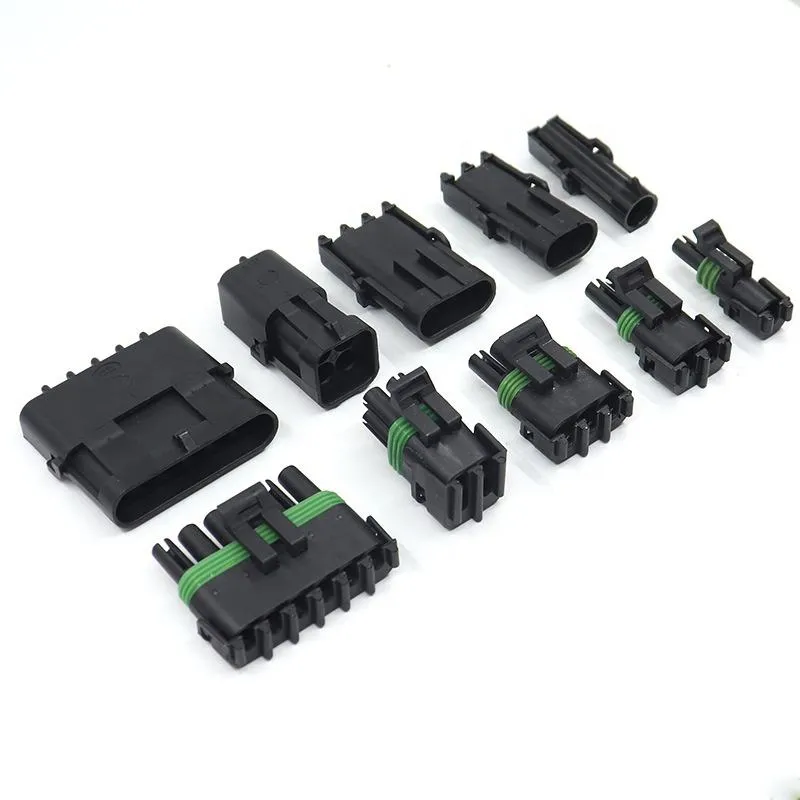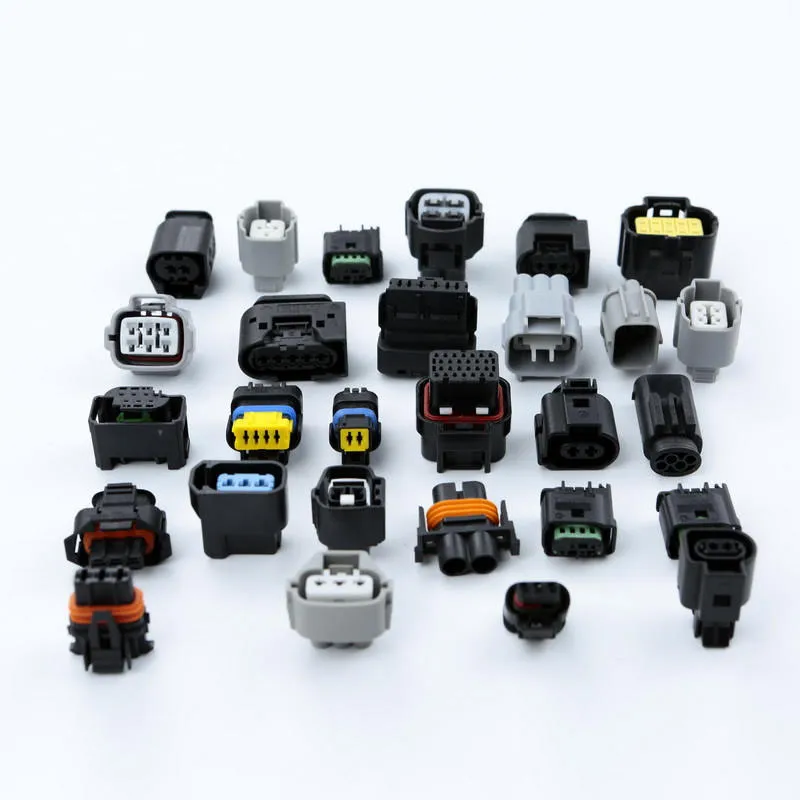The importance of automotive connector housings
Automotive connector housings play a vital role in protecting internal electronic components and electrical connections. They provide a physical barrier for connectors to prevent the intrusion of dust, moisture, chemicals, and other environmental contaminants. High-quality housings can extend the service life of connectors and ensure the reliability and safety of automotive electronic systems.
In addition, connector housings also have important mechanical functions. They provide stable structural support, allowing connectors to withstand vibration, shock, and other mechanical stresses. The locking mechanism and guide features on the housing help achieve proper mating and separation of the connector, ensuring the integrity of the electrical connection.
Key factors in choosing automotive connector housings
When choosing an automotive connector housing, there are several key factors to consider:
- Material properties: The housing material should have good mechanical strength, heat resistance, chemical resistance, and electrical insulation. Commonly used materials include engineering plastics, aluminum alloys, and zinc alloys.
- Protection level: The protection level of the housing (such as IP level) should match the application environment and provide adequate dust and water protection.
- Electromagnetic compatibility: The housing should have good electromagnetic shielding performance to reduce the impact of electromagnetic interference on electronic components.
- Weight and size: The weight and size of the housing should meet the lightweight and miniaturization requirements of the vehicle while ensuring sufficient strength and functionality.
- Cost-effectiveness: Choose a cost-effective housing solution to control costs while meeting performance requirements.

Choosing the right connector housing for different applications
Different automotive applications have different requirements for connector housings. For example:
Engine compartment: requires housing materials that are resistant to high temperatures, oils, and vibrations, such as nylon, PBT, and other engineering plastics.
Body electronics: requires lightweight, waterproof, and dustproof housing designs, such as sealed plastic housings.
In-vehicle infotainment systems: require housings with good electromagnetic shielding performance and high-speed data transmission capabilities.
High-voltage connectors for new energy vehicles: require housing designs with high insulation performance, arc protection, and electric shock protection.
How to determine the waterproof rating of automotive connectors
The waterproof rating of automotive connectors is usually expressed in terms of the International Protection Rating (IP code). Common waterproof ratings include:
- IPX4: splash-proof, suitable for general automotive environments.
- IPX6K: strong water jet-proof, suitable for harsh environments such as engine compartments.
- IPX7: short-term immersion-proof, suitable for parts that may be temporarily immersed.
- IPX8: long-term immersion-proof, suitable for equipment that needs to work underwater.
- Choosing the right waterproof rating requires evaluating the specific application environment and requirements of the car, such as exposure to rain, high-pressure cleaning, immersion, etc.
How to evaluate the vibration and impact resistance of connectors
Automotive connectors are subject to continuous vibration and impact during use, so the vibration and impact resistance of the housing is crucial. The following methods are usually used to evaluate the vibration and impact resistance of the connector housing:
Vibration test: According to the vibration standards of automotive parts, the connector is subjected to vibration test to evaluate its performance in a vibration environment.
Impact test: The connector is subjected to mechanical shock test to evaluate its mechanical integrity and electrical performance under shock load.
Environmental test: The connector is tested under high and low temperature, humidity and heat and other environmental conditions to evaluate its performance in extreme environments.

